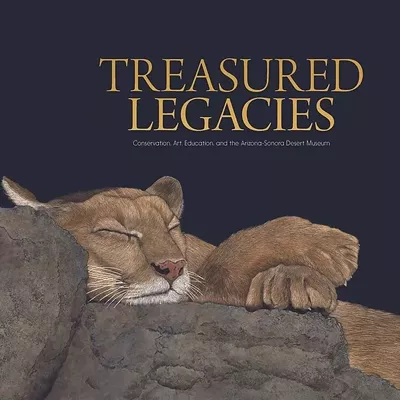Not surprisingly, he never got the chance. The day before he was scheduled to appear, Small, who had refused protective custody, met up with a hammer and a shank in the prison's license-tag plant.
The state's response, however, was a surprise. Until Small's death, Arizona prison murders were lackadaisically prosecuted, with punishment rarely amounting to more than a slap on the wrist (generally, a sentence imposed concurrently with a prisoner's existing sentence). This time, though, the state reacted with unprecedented fury, going after the 11 men responsible for Small's demise in a series of trials that, amazingly, failed to punish any of the perpetrators, but ultimately led to improvements in Arizona's prison system.
In Murder Unpunished, an engrossing slice of Arizona history, Colorado attorney Thornton W. Price III, who represented one of the defendants, recounts the trials of the "Florence Eleven," giving readers a disturbing glimpse of life behind bars.
According to Price, Florence during the 1970s was one crazy place. Gang warfare was out of control; escapes were frequent, and the prison staff was incompetent and corrupt. The years 1976-77, though, were the worst. During that time, there were 14 murders and at least 25 stabbings.
The mayhem, Price writes, would have undoubtedly continued unabated and unnoticed by anyone outside prison walls, had it not been for a spate of lurid investigative reports by The Arizona Republic that outraged the public and impelled state officials.
Before his untimely death in early 1978, Arizona Gov. Wesley Bolin fired the state's director of prisons and declared war on prison violence, with the Small case becoming the state's first opportunity to implement its new "get tough" policy.
The attack on Small had been witnessed by a roomful of men, and two of the masterminds turned state's evidence. Yet, in five trials, all but one of the men were acquitted, with the 11th receiving an inconsequential sentence.
According to Price, the reasons were manifold: the prisoners' code of silence, racial prejudice, a deceptive and incredibly inept prosecution team that withheld or lost copious amounts of evidence, astute defense attorneys and, perhaps most importantly, the prisoners' ingenuity in concocting a bogus scenario that held up throughout the lengthy proceedings.
This is certainly a complex case, and condensing the material into a book of this size leads to sketchiness. (Price too often makes off-handed references to people and events without providing elaboration.)
However, he does effectively detail the maelstrom of legal wrangling surrounding the trials, and examines enough of the testimony to demonstrate that the defense team was in control of the courtroom
Price also has a sharp eye for the absurd, sprinkling his text with such loopy gems as the justice of the peace-turned-judge, in over his head, who overruled objections before they were made; the defense attorney, teetering on the brink of dementia, who demanded that charges against his client be dropped because "murder was unconstitutional"; and the bizarre "death by masturbation" defense. This involved a second victim of one of the defendants, who, smacked repeatedly in the head with a hammer, lingered in a semi-conscious state for weeks, masturbating with such energy and abandon that attendants tied his arms and legs to the bed rails. A blood clot formed in his leg and became the official cause of death when it traveled to his lung.
It is Price's sympathetic portrayals of some of the key figures, and his descriptions of prison life, that are most revealing. Readers get a clear picture of the incessant fear behind most prison violence, the coercive power wielded by prison gangs and the sometimes-shocking machinations prison personnel resorted to in order to exercise control. When the Small case failed to produce the death penalties that prosecutors sought, the state began building somewhat safer prisons that have reduced overcrowding and enabled staff to isolate the most violent inmates. Price believes that credit should be given where it's due.
"The next unit in Arizona's penal archipelago," he writes, "should be named after Waymond Small, the obscure inmate whose death galvanized public opinion and made its construction a top priority."






